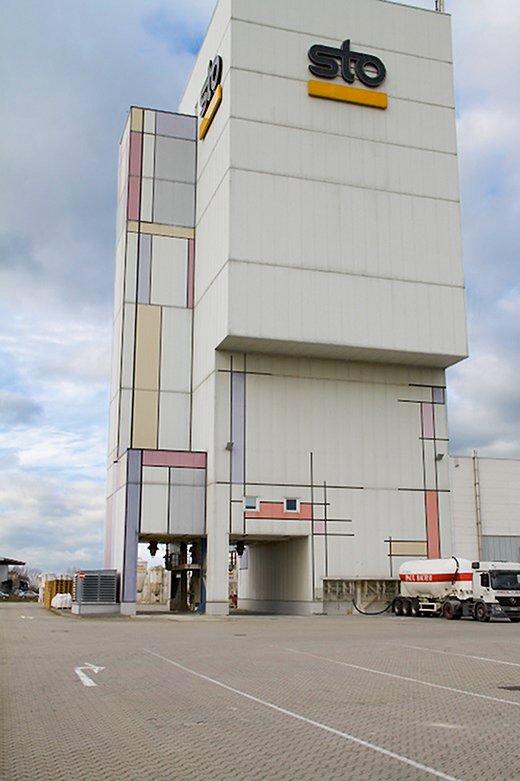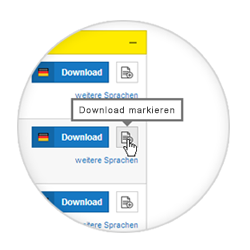Debottlenecking the throughput with VEGAPULS 69
The northwestern region of Australia, commonly known as the "Pilbara" region, is home to some of the largest iron ore deposits in the world. Some of the most important customers for this raw material are the Chinese steel mills. Not long ago, one of the mining companies failed to meet its export tonnage targets, resulting in a supply shortage for its customers. The mine launched an investigation at one of the main sites to identify and eliminate any bottlenecks. Every process was examined in detail – from the first blasting, the feed into the main plant , the set-up of the crushers , the operational parameters that were implemented in the area , to loading the iron ore onto the trains that transport the raw material to the export ports. One problem area the team discovered was an unreliable level check of the ore in the crushers.
VEGA Australia has been working at the plant for a long time and has always provided the impetus to introduce a new technology. In 2004, the company, a world leader in the area of level, switching and pressure measurement, introduced the world's first radar level sensor for bulk solids, the VEGAPULS 68. These instruments were installed in the entire site at that time. VEGA was also approached with the current requirements for process optimisation.
Less interfering reflections with 80 GHz
VEGAPULS 69 robust, closed antenna system does not protrude into the container and thus provides for a high plant availability thanks to its non-contact measuring principle.
In radar technology, the width of the beam is determined by two factors: the operating frequency and the diameter of the horn antenna. The devices installed so far worked with 26 Gigahertz and had a horn diameter of 95 millimetres, which resulted in a beam angle of 8 degrees. This repeatedly led to the situation where the crusher was being detected instead of the ore.
The result was immediately apparent. Thanks to the new measuring device, a much more reliable level control was achieved. The more precise focusing led to a huge improvement, and the false return echoes from the main chambers of the crusher were eliminated, only leaving a measurement from the medium inside. The devices were tested and the power recorded over a period of three months. The results were compared with the originally installed devices, and the VEGAPULS 69 performed superbly. Even though the units were replaced with the latest radar technology the basics of radar technology has always remained the same , thus allowing an easy transition in installation and programming.
Upgrading the level sensor was not the only measure taken at the site to increase efficiency. Many other parts of the site equipment were also improved or replaced and various system components were fine-tuned and newly matched to each other.
Conclusion
Related industries

Building materials
We need your consent
This content is provided by an external provider. If you activate the content, personal data may be processed and cookies set.
Export this article
Download as PDFShare this article
Comments ({{comments.length}})
{{getCommentAuthor(comment, "Anonymous")}} {{comment.timestamp | date : "dd.MM.yyyy HH:mm" }}
{{comment.comment}}









